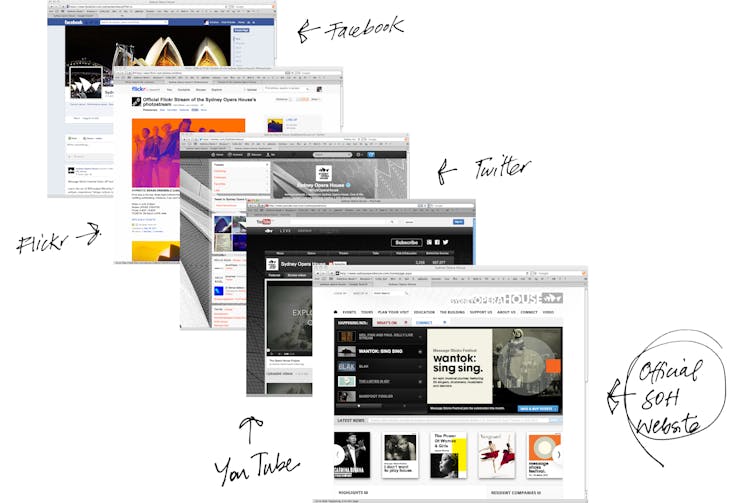Most people’s experience of World Heritage is now a digital one. Whether it’s on social media, an official website, Wikipedia or a simple Google search, this shift in “visitation” means many people who engage with World Heritage will never physically travel to the actual site.
The UNESCO World Heritage Committee is the top-tier organisation for the protection of natural and cultural heritage. To date, 1,073 properties have been listed for their significance to all of mankind.
The list includes many well-known ancient monuments like the Pyramids of Giza, and the Parthenon, and natural sites like Uluru Kata-Tjuta. Less frequently recognised are industrial sites like the Rideau Canal and contemporary works of architecture such as the Sydney Opera House.
The Sydney Opera House was listed in 2007, not only for its architectural and technical achievements as a masterpiece of modernism, but curiously also for its status as a world-famous iconic building. Digital visits to the Sydney Opera House now outnumber in-person visits by 16 to 1.
The Sydney Opera House always held the promise of transformation of Sydney. Now global online communities are transforming it. In our inevitable digital future, what role people will play in ascribing and maintaining World Heritage status?
This is an excerpt from an article originally published by The Conversation.



